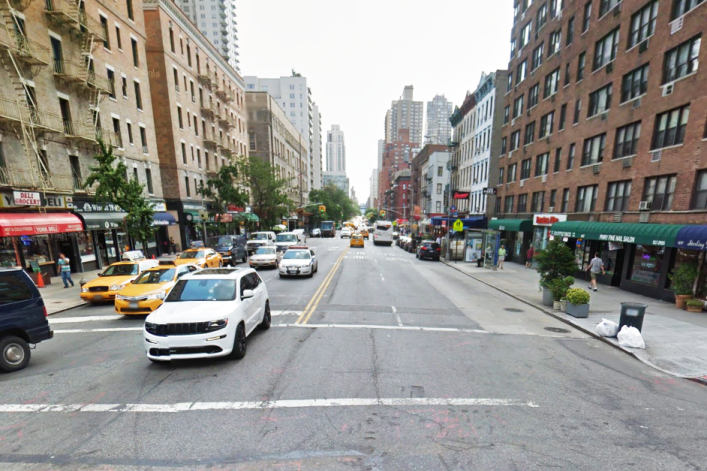4 lessons I've learned from living on York Avenue

It’s a New York axiom that the farther you are from a subway station, the less you’ll spend on real estate. It was with this in mind that, two years ago, I moved my family from a one-bedroom on 96th Street and Park to a two-bedroom on York Avenue, on the far east side of Manhattan.
We figured we’d get more space for our money (especially before the opening of the Second Avenue Subway — scheduled for this December), and could use the extra exercise we’d get walking the 10 blocks to the nearest train.
If you’re considering a similar move, read on to see what I’ve learned the hard way:
PREPARATION IS KEY
Much like living in a walkup, you need to plan for leaving home. Because if you make it to Second Avenue and then realize you forgot your phone? Your phone is staying home.
Similarly, you need to load up your MetroCard when you’re in a subway station and make sure that you never let it run out. There’s nothing worse than getting on the bus—and trust me, you’ll become a frequent bus rider—and discovering your card is empty and there’s no kiosk to top it up. Bus drivers will often let you on without paying, but it can be embarrassing, and annoying for the people waiting behind you. (And a monthly card won’t save you; those run out at inopportune moments as well.)
On a related note, sometimes on rainy days the bus gets so full that by its third stop, on First Avenue, it’s won’t pick up any more passengers. Budget extra time to get to the 6 train.
(Of course, this all may be a lot less traumatic once the Second Avenue Subway opens — as delayed as that may be — and a part of me wishes we'd invested in buying an apartment in the area ages ago for that very reason).

OUR BUS IS SO SLOW VAMPIRE WEEKEND WROTE A SONG ABOUT IT
And it goes like this: "It's gonna take a little time/While you're waiting like a factory line/I’ll ride across the park/Backseat on the 79.” That’s the M79, which runs from the Upper East to the Upper West Side along 79th Street, and is often the best way of getting to the 4,5 and 6 trains on Lexington Avenue on rainy or snowy days.
I have to admit, though, that the MTA Bus Time app and website has helped the waiting-for-the-bus part immensely (take that, Vampire Weekend!). I often wait until I see a bus is coming to walk out my door.
TAXI DRIVERS ARE BENEFITING FROM MY CHEAP RENT, TOO
This is the trade-off of any far-flung address: saving on rent, spending on cabs. I have two young children, so we’re major taxi-takers. I probably take three or four a week, to and from activities with the kids, to work events, and sometimes even from the subway when it’s late at night and the bus is AWOL. (My husband, meanwhile, works on the west side and bikes to work when the weather permits—which has the added benefit of saving him the cost of a gym membership.)
It's no surprise, then, that Via is so popular in my neighborhood. The $5 ride price can't be beat, but just remember to allot extra time to pick up passengers, especially during morning and evening rush hours.
MY FRIENDSHIPS HAVE CHANGED
Though they may bitch about finding parking (even though Yorkville has tons of parking garages, guys!), friends with cars are a hell of a lot more likely to visit repeatedly than our pedestrian friends who’ve experienced the trek from the subway. Sometimes friends who’ve rented ZipCars for other purposes tack on a visit, too. This doesn’t mean you’ll never see other people, but everyone has to make a bigger effort.
On the flipside, you’ll feel particularly motivated to make (and keep) neighborhood compatriots, since you know they’ll always be willing to try that new restaurant no matter how far it is from the Lexington Avenue subway.
Related:
Carnegie Hill to Yorkville: An Upper East Side without the chain stores
























